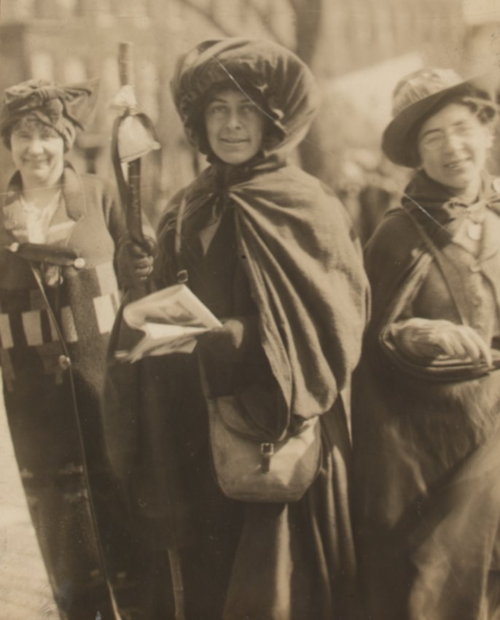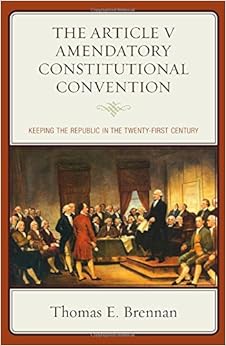Episode 096 – Conversation with Prof. Anita Bernstein.mp3
In this podcast, Brooklyn Law School Professor Anita Bernstein and Loren Pani, BLS Class of 2015, her research assistant, discuss her series of articles on legal malpractice written for the Outside Counsel column of the New York Law Journal. Professor Bernstein reports on a data set of legal malpractice decisions issued during the last five years by the appellate courts of New York. To date four columns have been published: Nine Easy Ways to Breach Your Duty to a Real Estate Client, which appeared in the August 11, 2015 edition of the NYLJ; Avoidable and Actionable Errors by New York Personal Injury Lawyers, September 17, 2015; Matrimonial Malpractice Before, During and After a Client’s Divorce, October 30, 2015; and Judiciary Law §487 Claims For Attorney Misconduct, November 24, 2015. The fifth entry in the series, “Legal Malpractice Liability for Criminal Defense: Rare, Yet Possible”, is slated for publication on December 30. Prof. Bernstein and Loren credit BLS Reference Librarian Kathleen Darvil for her assistance in compiling the data set.







 Joe Mornin, a third year law student at UC Berkeley School of Law (Boalt Hall) and editor-in-chief of the Berkeley Technology Law Journal, built Bestlaw, that adds useful features to WestlawNext:
Joe Mornin, a third year law student at UC Berkeley School of Law (Boalt Hall) and editor-in-chief of the Berkeley Technology Law Journal, built Bestlaw, that adds useful features to WestlawNext: On the subject of what seems to be the nation’s broken politics and government, two books on the list are
On the subject of what seems to be the nation’s broken politics and government, two books on the list are  Christopher Beauchamp
Christopher Beauchamp The Brooklyn Law School Library New Books List for January 14, 2015 includes 88 items recently added to the collection. Among them is
The Brooklyn Law School Library New Books List for January 14, 2015 includes 88 items recently added to the collection. Among them is